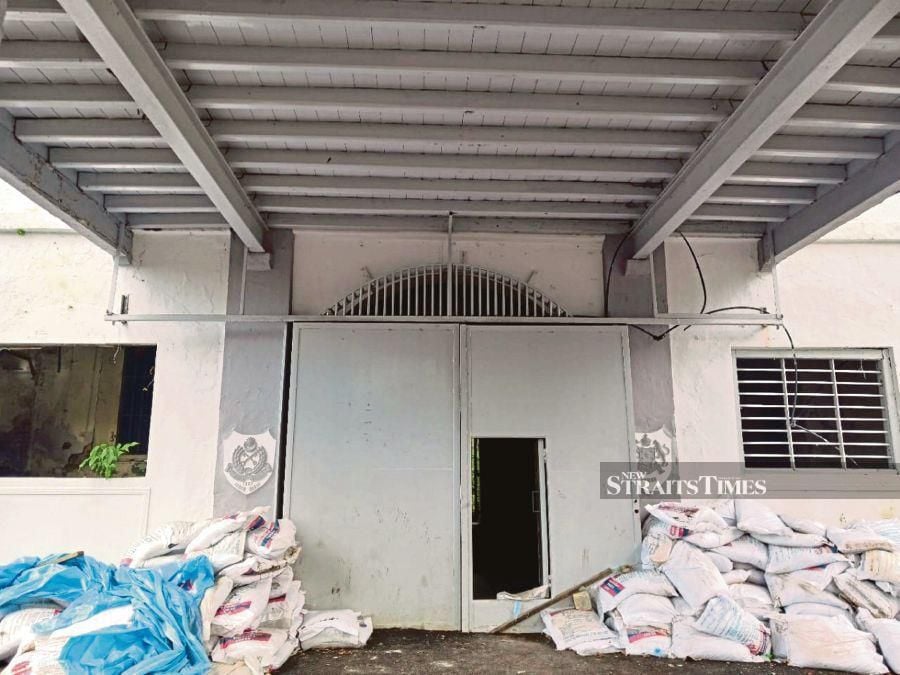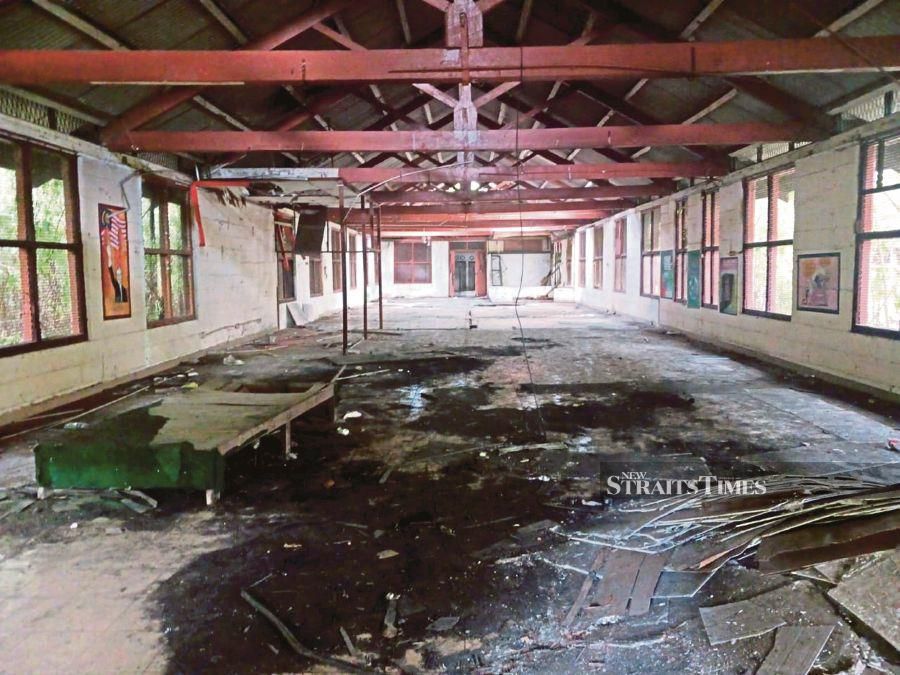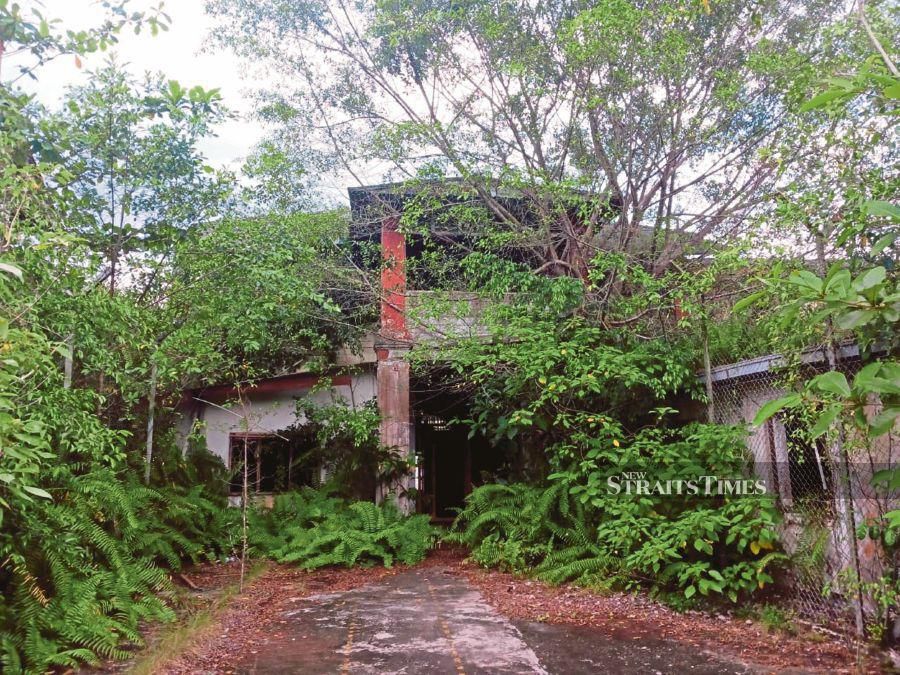JOHOR BARU: The 141-year-old Ayer Molek Prison here, once a symbol of authority and discipline, now stands abandoned and forgotten — a silent sentinel of the past.
Popularly known as Kota Jail among locals, with its high concrete walls lined with barbed wires resembling a fort, the prison was built by the British in 1883.
It was the country's third oldest prison after the Taiping Prison in Perak (previously known as the Larut Prison) and the Banda Hilir Prison in Melaka.
The Ayer Molek Prison was used to incarcerate criminals and dissenters, including those who revolted against the British administration.
During the Japanese occupation, it was used as a bunker by the Imperial Japanese Army under General Tomoyuki Yamashita.
A well named after the general was built by the Japanese as a water source at the prison.

Former prison guards claim that the area around the Yamashita well was used as an execution ground during the Japanese occupation.
Kota Jail holds a prominent place in Johor's history — it was designed by then sultan of Johor Sultan Ibrahim Sultan Abu Bakar (1873–1959), and boasts a unique architectural design inspired by prisons in Shanghai, China, and Osaka, Japan.
Built on 1.8 hectares of prime land in the state capital's central business district, it initially housed 200 inmates in two cells blocks, along with facilities such as workshops, a kitchen and administrative offices.
Over the years, the prison was expanded to accommodate the increasing number of inmates, with its capacity eventually reaching 1,500.
Additional buildings were constructed while existing ones were renovated to meet the growing number of law offenders.
However, despite efforts to modernise the premises, the prison eventually became overcrowded and had to be closed down. All its inmates were relocated to the Simpang Renggam prison in Kluang in 2005.
Since Kota Jail closed its doors, the prison grounds were used to conduct public events after it was returned to the Prisons Department. Efforts to raise public awareness on the prison's history were done through exhibitions organised by the prison authorities for a limited period.
Fee-paying visitors were given a glimpse into the harsh realities of prison life through talks, video shows and a rotan demonstration.
It was later used as a police lock-up before being rented out to private companies to use as a centre to conduct motivational courses, where team-building programmes and paintball games were organised.
As recent as November last year, the exterior walls of the former prison were given a fresh coat of paint, and its compound refurbished to serve as a temporary parking lot for participants of the Asia-Pacific Regional Climate Change Week 2023.

However, despite these efforts, Kota Jail remains largely forgotten, a relic of the past slowly being reclaimed by nature.
The New Straits Times recently visited the prison to catch a glimpse of its intriguing history.
Within its walls, which showed signs of vandalism, most structures have now been overgrown by shrubs, and an eerie silence adds to its creepy aura.
The solid prison doors and bars have survived looting by scrap metal thieves due to their weight and robust construction, which made them impossible to cart off without lifting equipment.
The cell walls, meanwhile, still bore the sombre scribbling of past inmates who described their personal emotions, regrets and even resentment.
However, despite its abandoned state, there may be hope yet for the prison.
Johor Baru City Council Mayor Datuk Mohd Noorazam Osman said the prison building is now privately owned, and the council is open to proposals to convert it into a tourist attraction again.
He said while several parties have expressed interest in converting the prison to a flea market, the proposals are still in the planning stage.






